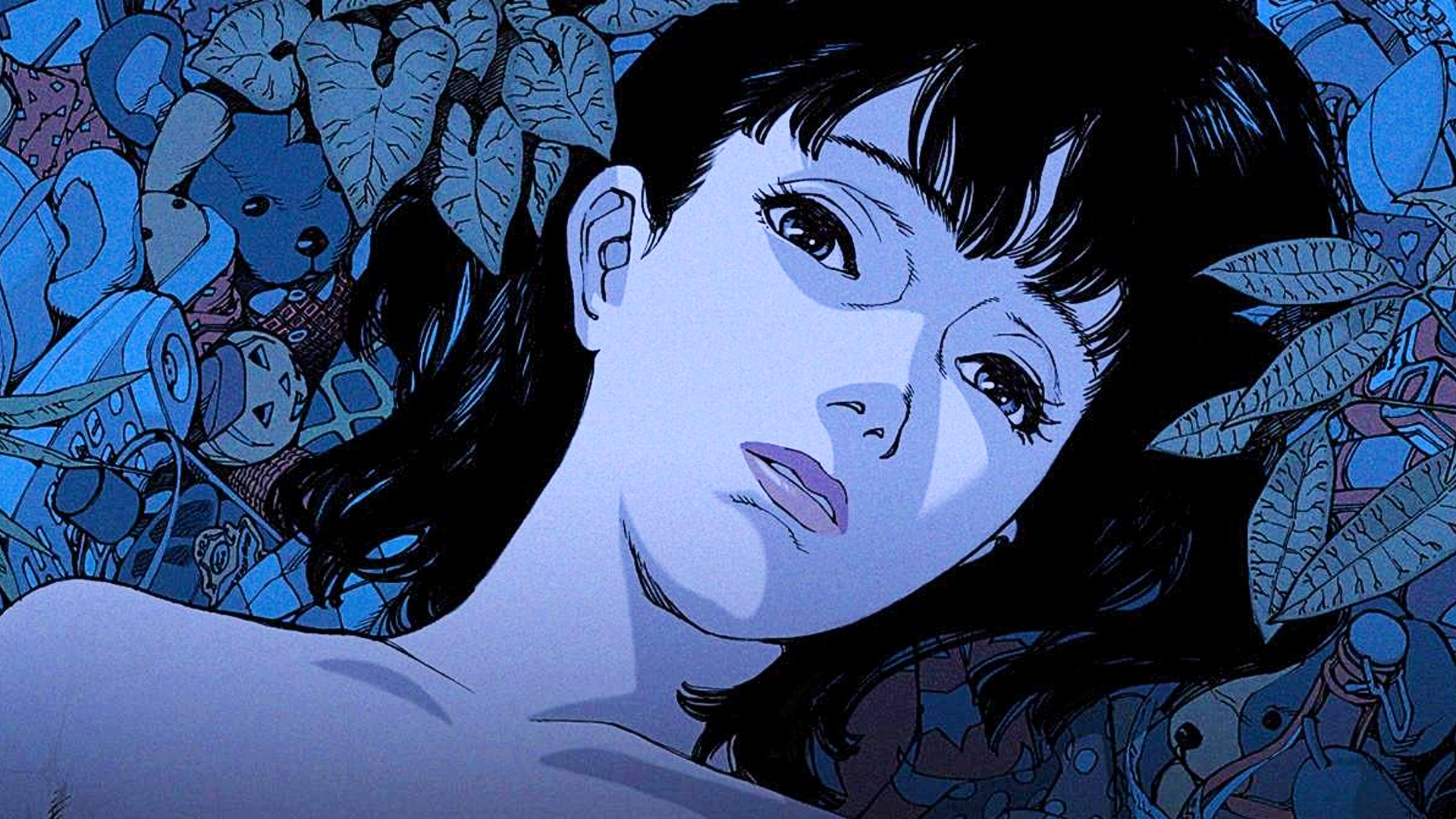September 18, 2023 8:00 am
Perfect Blue offers more questions than answers, but in case you are wondering if mental breakdown as portrayed in the anime is contagious, we got your back.
Perfect Blue is a great anime, critically acclaimed for a reason, and it is also often confusing on purpose. Nothing is really explained in Perfect Blue, including the ending. The anime seemingly tries to encapsulate the feeling of losing one's mind. There are a lot of questions, not a lot of answers, and it is okay, but we love to explain things we do not understand. So let us talk about the realistic explanations for the ending of Perfect Blue.
Perfect Blue tries to be quite realistic. It has significant slice-of-life elements that put the main character, Mima, into a specific era of Japanese history, and then suddenly things begin to get unrealistic. You could chalk that up to a character falling ill and experiencing hallucinations. The problem is, and keep in mind that these are spoilers, Mima does not seem to be the only one experiencing hallucinations.
That is not a tragic flaw, to be fair. Magic realism is a thing, one that introduces supernatural and fantastical elements into an otherwise normal, realistic setting. However, these elements experienced by Mima and her friend and manager Rumi do not have to be fantastic.
Similar or identical hallucinations can occur in several people at once when those people are close; this phenomenon is called a shared psychotic disorder. In such cases, a delusional belief first affects one person and then spreads over to another, usually subordinate individual, especially if the latter is impressionable.
Research even suggests that more than two people can be connected in such a manner.
In other words, if you want a real-life explanation of what Mima and Rumi experience, here is your answer. Shared delusions are a thing, even though they are rare, and Mima was objectively in a bad, fragile mental state when Rumi started experiencing her delusions. Even the subordinate part works out; Rumi was Mima's manager, and that probably affected their dynamics as friends.
In our opinion, this real-life explanation is fine. It makes the anime neither better nor worse, and it can be used, especially if you are opposed to magic realism.
With Rumi in the hospital at the end of the anime, one can argue that the medicalized perception of what had happened might be closer to the author's intention than magical or fantastical elements. In any case, the magical alternative would not take away from how disorienting the movie is and how good it is at portraying the loss of grip on reality.
Perfect Blue offers more questions than answers, but in case you are wondering if mental breakdown as portrayed in the anime is contagious, we got your back.
Perfect Blue is a great anime, critically acclaimed for a reason, and it is also often confusing on purpose. Nothing is really explained in Perfect Blue, including the ending. The anime seemingly tries to encapsulate the feeling of losing one's mind. There are a lot of questions, not a lot of answers, and it is okay, but we love to explain things we do not understand. So let us talk about the realistic explanations for the ending of Perfect Blue.
Perfect Blue tries to be quite realistic. It has significant slice-of-life elements that put the main character, Mima, into a specific era of Japanese history, and then suddenly things begin to get unrealistic. You could chalk that up to a character falling ill and experiencing hallucinations. The problem is, and keep in mind that these are spoilers, Mima does not seem to be the only one experiencing hallucinations.
That is not a tragic flaw, to be fair. Magic realism is a thing, one that introduces supernatural and fantastical elements into an otherwise normal, realistic setting. However, these elements experienced by Mima and her friend and manager Rumi do not have to be fantastic.
Similar or identical hallucinations can occur in several people at once when those people are close; this phenomenon is called a shared psychotic disorder. In such cases, a delusional belief first affects one person and then spreads over to another, usually subordinate individual, especially if the latter is impressionable.
Research even suggests that more than two people can be connected in such a manner.
In other words, if you want a real-life explanation of what Mima and Rumi experience, here is your answer. Shared delusions are a thing, even though they are rare, and Mima was objectively in a bad, fragile mental state when Rumi started experiencing her delusions. Even the subordinate part works out; Rumi was Mima's manager, and that probably affected their dynamics as friends.
In our opinion, this real-life explanation is fine. It makes the anime neither better nor worse, and it can be used, especially if you are opposed to magic realism.
With Rumi in the hospital at the end of the anime, one can argue that the medicalized perception of what had happened might be closer to the author's intention than magical or fantastical elements. In any case, the magical alternative would not take away from how disorienting the movie is and how good it is at portraying the loss of grip on reality.

